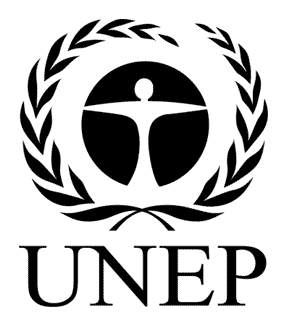At the time of the publishing of the 2nd World Water Development Report (WWDR2), it was estimated that there were over 17 million refugees and displaced persons from wars, persecutions and other causes. These people have tremendous impacts on the water resources in the area to which they have been displaced.

The Post Conflict Assessment Unit of the United Nations Environment Programme (UNEP) has shown that conflicts are almost always followed by environmental crises: chemicals leaching into waterways, damage to irrigation systems, deforestation, the destruction of infrastructure and collapses of local and national governance structures.
Rebuilding economies, damaged lives, shattered infrastructure including water and power systems, rebuilding and restoring damaged irrigation systems, removing landmines in post-conflict situations, take up 27% of all Overseas Development Assistance (ODA).
The Convention on the Prohibition of Military or any Other Hostile Use of Environmental Modification Techniques (ENMOD Convention) seeks to prohibit acts such as weather modification and harmful flood creation.
Read more








